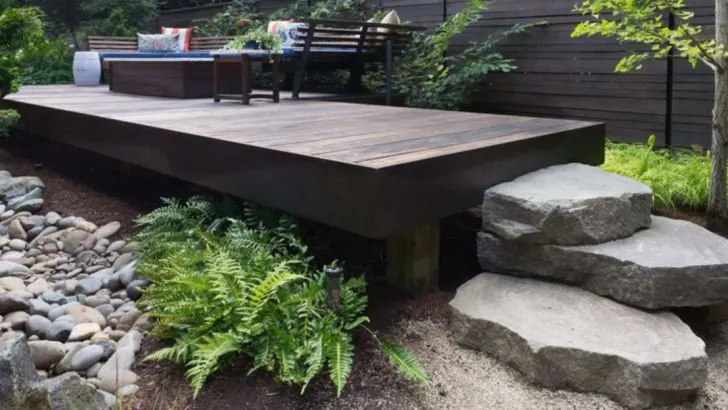In the middle of my backyard sits a seemingly ordinary boulder—but it turned out to be the heart of an unexpected climate shift. This heavy stone became a natural anchor, moderating temperature, moisture, and even wind patterns around it.
I watched how plants and animals responded to this microclimate hotspot. Some species found shelter in its shade, while others thrived in the warmer, protected soil nearby. The boulder quietly transformed my garden’s ecosystem balance.
In this article, I’ll share the surprising ways a single rock influenced my backyard’s microclimate, changed plant behavior, and why small, natural features can be powerful tools for resilient gardening.
The Boulder Introduction
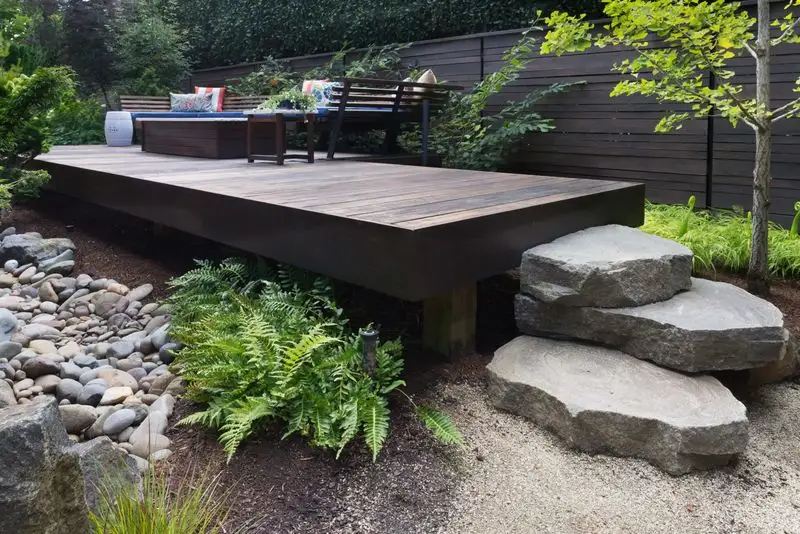
In the heart of my backyard, a majestic boulder emerged as an unlikely hero. Its size and presence brought an immediate sense of grounding to the landscape. While initially just a feature, the boulder soon became a focal point, attracting both admiration and curiosity. This natural element, with its weathered surface and rugged charm, offered more than just visual appeal.
Neighbors often wondered about its origins, sparking conversations and stories. It became a gathering spot, a place for reflection, and an anchor in both physical and metaphorical senses. The boulder quietly shaped the backyard’s identity.
Microclimate Effects
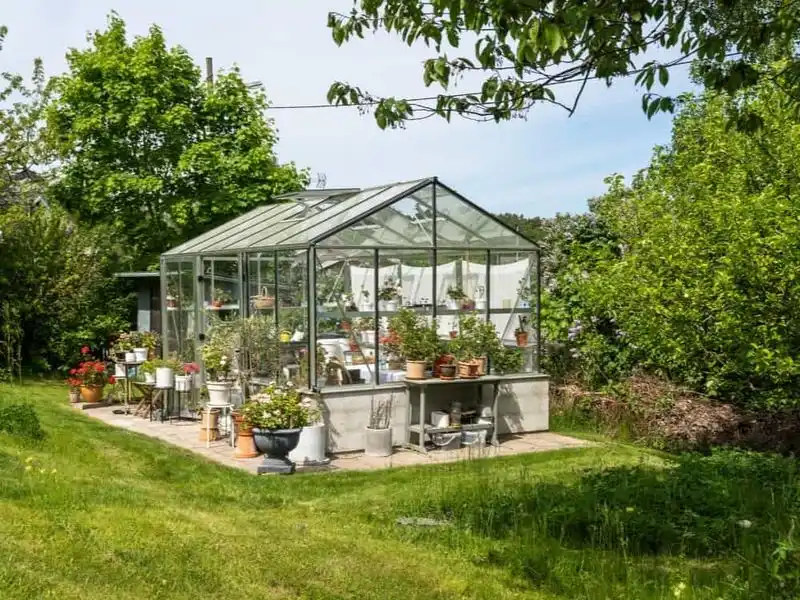
Positioned strategically, the boulder created distinct microclimates around it. By casting shade, it cooled the surrounding area, making it perfect for shade-loving plants. Conversely, the sunlit side became a haven for sun-seekers. The temperature variations allowed for a diverse range of flora to flourish, each finding its niche.
Garden enthusiasts marveled at how such a simple feature could support biodiversity. The boulder’s ability to moderate temperatures and protect against harsh winds made it an indispensable climate anchor. It was a lesson in nature’s ability to adapt and thrive.
Natural Water Management
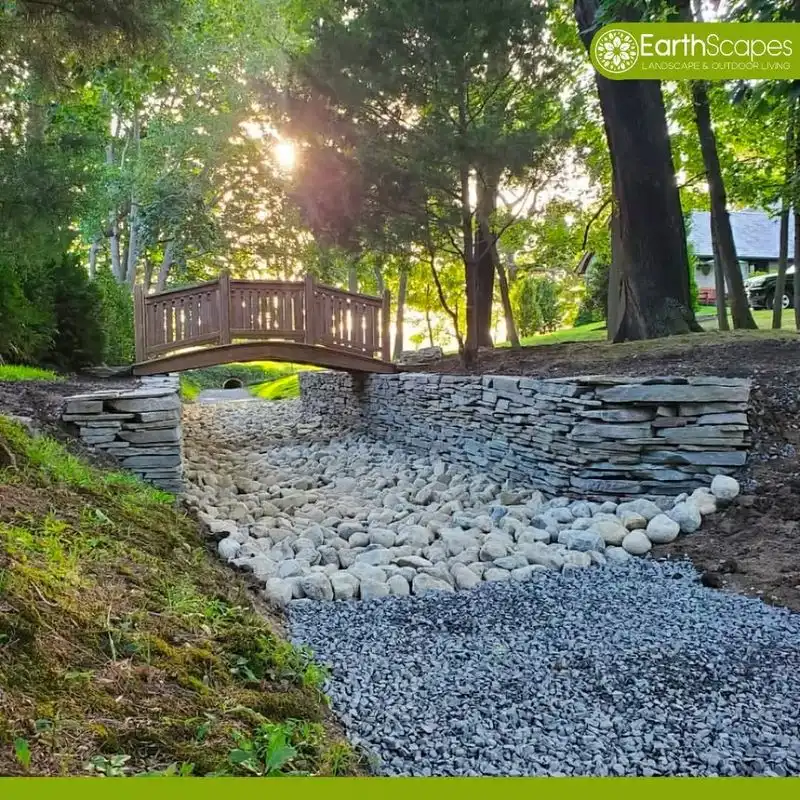
Who knew a boulder could manage water so efficiently? During heavy rains, the boulder’s contours guided water gracefully, preventing erosion and pooling. Its presence ensured proper drainage, channeling excess water to thirsty plants and away from vulnerable areas.
This natural water management system amazed many, showing how nature’s designs often surpass human engineering. The boulder’s ability to harmonize with the landscape promoted healthier plant life and minimized flood risks. It stood as a testament to the power of natural solutions in sustainable gardening.
Wildlife Haven
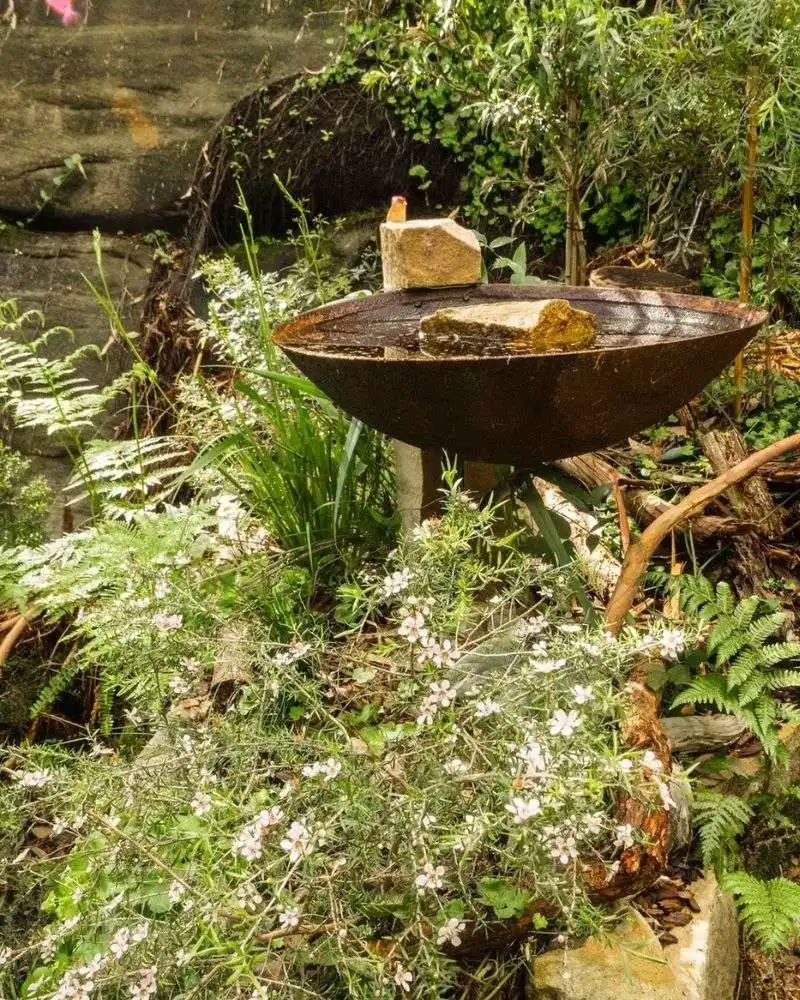
The boulder turned into a bustling hub for wildlife. Birds perched atop, insects crawled across its surface, and small animals found refuge in its crevices. This interaction created a lively ecosystem, enriching the backyard’s biodiversity.
Children enjoyed observing the mini wildlife haven, learning about the interconnectedness of nature. It became a natural classroom, sparking curiosity and appreciation for the environment. The boulder’s role as a sanctuary for wildlife highlighted its environmental significance and the importance of conserving natural habitats.
Aesthetic and Design Element
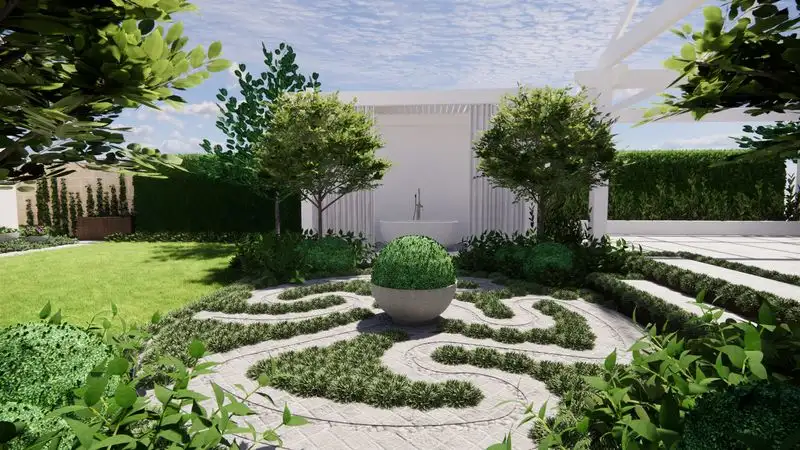
Beyond its environmental roles, the boulder served as a stunning design element. It broke the monotony, adding texture and contrast to the garden. Its presence inspired new landscaping ideas, blending seamlessly with decorative stones and plants.
Visitors often complimented the garden’s aesthetic, noting how the boulder’s placement created balance and harmony. It proved that beauty in nature could be both functional and inspirational. The boulder transformed into a canvas, inviting creativity and personal expression in outdoor design.

